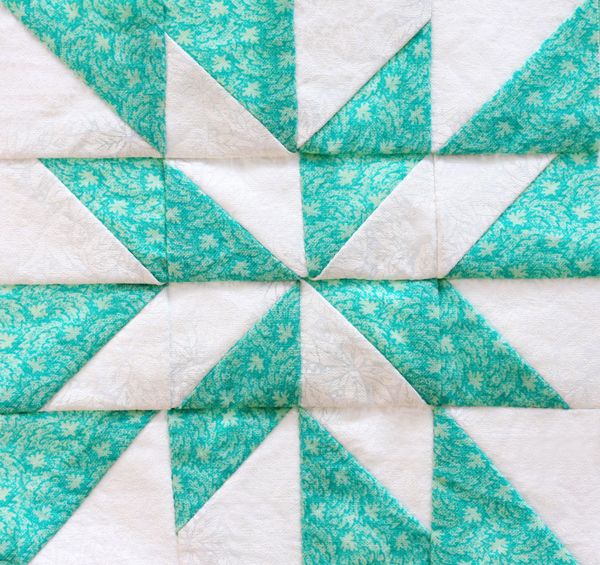Sure, there are tons of quilt patterns out there but how do you transform your own creative ideas into reality? If you’re curious how to make quilt patterns for yourself, then you’re in luck we’ve gathered a few helpful tips!

Keep these suggestions in mind when writing your own patterns, and you’ll see that the possibilities are endless.
- Grab a Camera and Graph PaperIf you’re embarking on a journey to write your own patterns, then there are some must-have supplies. You probably already have some type of camera phone or digital camera, which can be helpful for documenting your work (some people like to take step-by-step photos to share with others, too).
Craftsy points out that Jennifer of That GirlÖ That Quilt often snaps photographs of inspiration (colors, fabrics, objects) that she wants to remember later, which is another way that a camera can be helpful.If you can find a sketchbook that is filled with graph paper, then you’ll have the perfect place to write down your ideas. You can make a scale (each little graph square equals this many inches in real life) and sketch out designs on paper, which makes for a nice visual.A sketchbook is also great so you can keep notes on what you’re doing ñ changes you make to the pattern, calculations you make, notes you want to remember for later, etc. This is especially important if you want to create a pattern that other people can use, too.
- Reference Existing PatternsKeep past projects in mind when trying to make your own ideas come to life, as you might’ve come across a design element you like and want to incorporate in your next project. Or, you might get a sense of how much material you’ll need, how big the quilt will be, and different sizes of different pieces.You might also get a sense for what you like and don’t like from past projects, which could definitely come into play when crafting your own designs.
- Consider Quilt-Designing SoftwareOld-school quilters stick to paper and pencil, but there are lots of great computer programs that can help you craft a design. Not only can they help you visualize a big-picture design with shapes and colors, but many of these programs will also handle all the calculations, too. Some popular programs include Electric Quilt 7; Adobe Illustrator; and Quilt-Pro. There is a lot of design software out there that can be adapted to quilting projects, which are easy to print out or share via computer.
- Experiment Before Making the Actual QuiltOnce you’ve sketched a pattern, test it out on some scrap material before diving into the entire project. Testing a square (or several) will let you see how the fabric and thread go together, and whether the idea on paper translates in real life. Then, you can make adjustments before sewing the full-on quilt.
- Practice, Practice, PracticePerfecting the art of making quilt patterns takes time and plenty of trial and error. But with patience, you’ll find which methods work best for you ñ and you’ll continue to grow creatively along the way.
There are also other helpful reference guides like the eBook How to Write Quilt Patterns that offer helpful advice. With a pencil, patience, and practice, you’ll be crafting original patterns in no time!
Have you made your own quilting patterns before? We want to hear all about it!
SKM: below-content placeholderWhizzco for CRH

